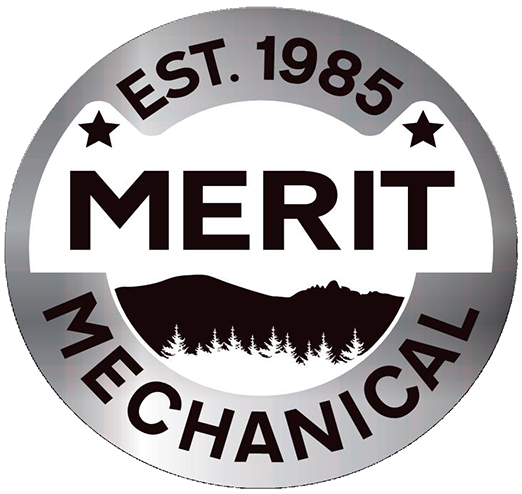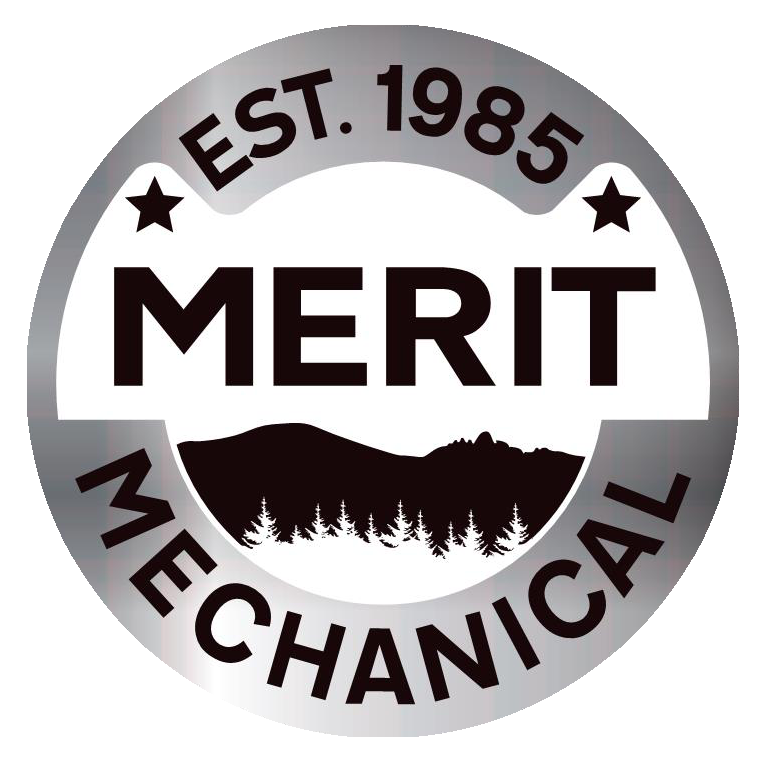Follow Us x
Corona Virus Summary
3/9/2020
Definition
Corona virus is an infectious disease transmitted person to person and can also become airborne. The virus is nominally 0.125 μm and can range from 0.06 to 0.14 μm. As a reference a human hair is about 75 μm. Similar to the SARS outbreak in 2003 the airborne nature of the current coronavirus (COVID 19) transmission has homeowners and contractors asking if HVAC systems offer any protection.
While the HVAC system alone cannot prevent the transmission of coronavirus the industry's professional association ASHRAE (The American Society of Heating, Refrigerating and Air Conditioning Engineers) has recommended the methods below to help a home's HVAC system to reduce airborne infectious particulate.
Methods to Reduce Spread of Airborne Infectious Diseases (see ASHRAE link below)
Filtration
- Recirculating air through a whole home filtration system can help to reduce airborne particles by capturing them in the filter
- Captured particles can survive on a filter for some period of time before drying out and becoming inert
- Keeping the HVAC system on the constant fan setting will maximize the amount of a home’s air that is filtered
- Typical residential filters for mechanical systems are rated on a MERV (Minimum Efficiency Reporting Value) scale (1-16)
- ASHRAE 52.2 standard outlines testing method for filter efficiency and MERV rating
- The test does not include particles below 0.3 μm in size
- Efficiency on virus sized particles (0.02 to 0.3 μm) can be estimated based on MERV rating
- Estimated efficiency of a MERV 16 filter on virus sized particles is up to 90%
- Lower MERV levels would have lower efficiency
- Aprilaire offers a lineup of high efficiency filters with MERV ratings including MERV 16, MERV 13 and MERV 11
- Patented Self-Seal™ technology assures minimal filter by-pass and maximum filter efficiency
- Aprilaire 201 and 401 replacement filters are MERV 10
- Electronic Air Cleaners (EAC’s) like the Aprilaire Model 5000 are not rated on the MERV scale since the testing criteria are different.
- The Aprilaire Model 5000 is very effective at capturing ultra-fine particles similar in size to many viruses.
- Particles pass through an ionizing field, become positively charged and are attracted to the filtering media where they eventually dry out and become desiccate inert
- Portable air purifiers often feature High Efficiency Particulate Air filters (HEPA)
- HEPA filters by definition are 99.97% efficient on particles 0.3 μm and greater
- Estimated efficiency of a MERV 16 filter on virus sized particles is up to 90%
- ASHRAE 52.2 standard outlines testing method for filter efficiency and MERV rating
Ventilation
- Supplying clean air from outdoors will displace/dilute contaminated indoor air
- Homes equipped with an Aprilaire ventilation system have fresh air from the outdoors introduced through the HVAC system using a preset control strategy
- Running a home's exhaust fans can also help remove airborne particles
Humidity Control-Both humidification and dehumidification
- Maintaining proper humidity level can reduce number of airborne particles
- Keep the home’s Rh between 40% & 60%
- Viruses are least viable within that range
- Minimizes large droplet evaporation, preventing small particle formation
- Prevents human nasal passages from drying out, allowing capture of small particles
- Keep the home’s Rh between 40% & 60%
- Aprilaire has a complete line up of whole-home humidifiers and dehumidifiers
Ultraviolet Germicidal Irradiation (UVGI)
- UVGI has been proven to kill microorganisms, given the proper dosage
- Typical application of UVGI is to irradiate the cooling coil on an HVAC system
- This prevents microorganisms from growing on the surface of the coil
- Effectiveness on moving air is highly dependent on the intensity of the UV light and the velocity of the passing air
Information Websites
https://www.ashrae.org/file%20library/about/position%20documents/airborne-infectious-diseases.pdf
ASHRAE position documents states” the spread can be accelerated or controlled by heating, ventilating, and air-conditioning (HVAC) systems”.
Center for Disease Control (CDC)
https://www.cdc.gov/coronavirus/2019-ncov/index.html


